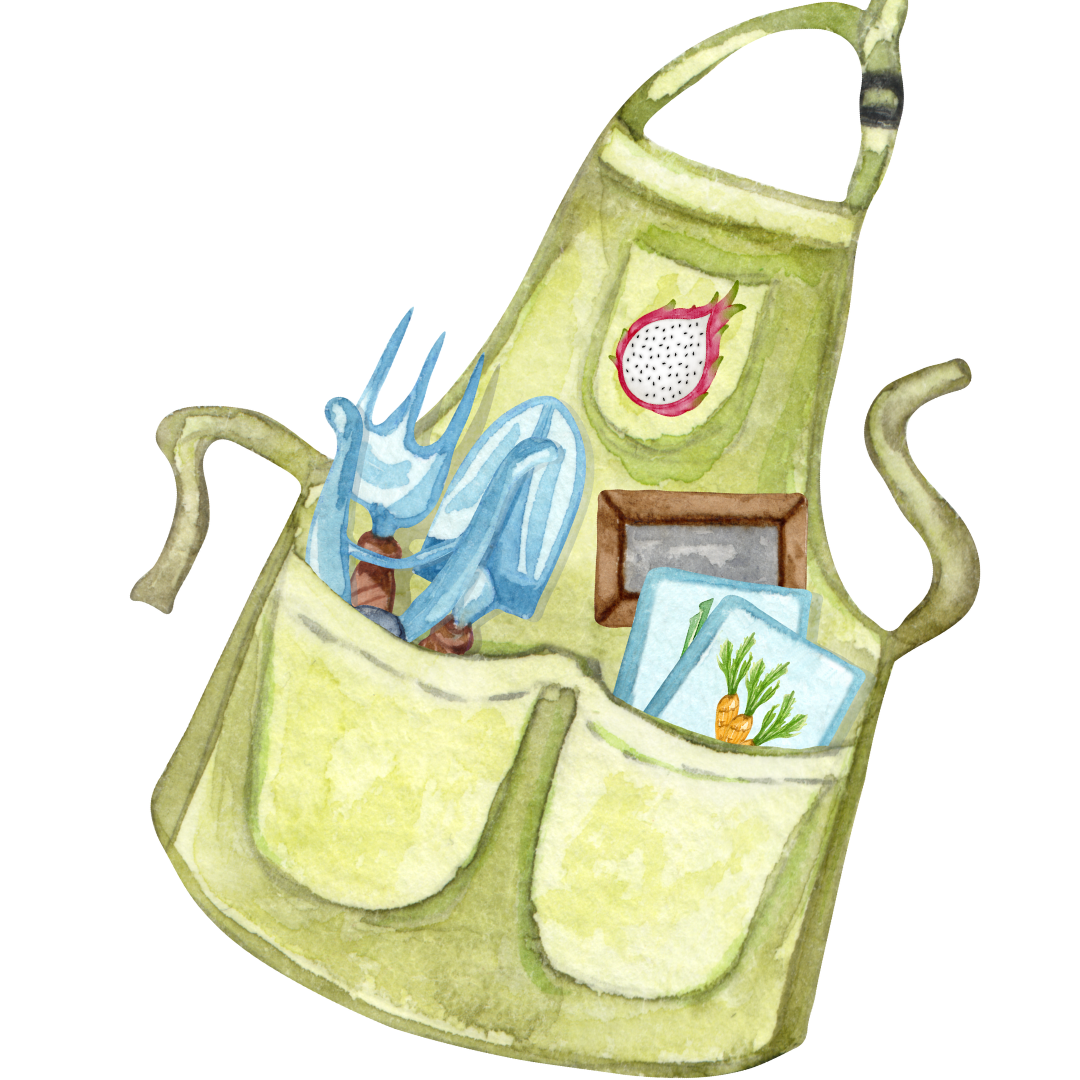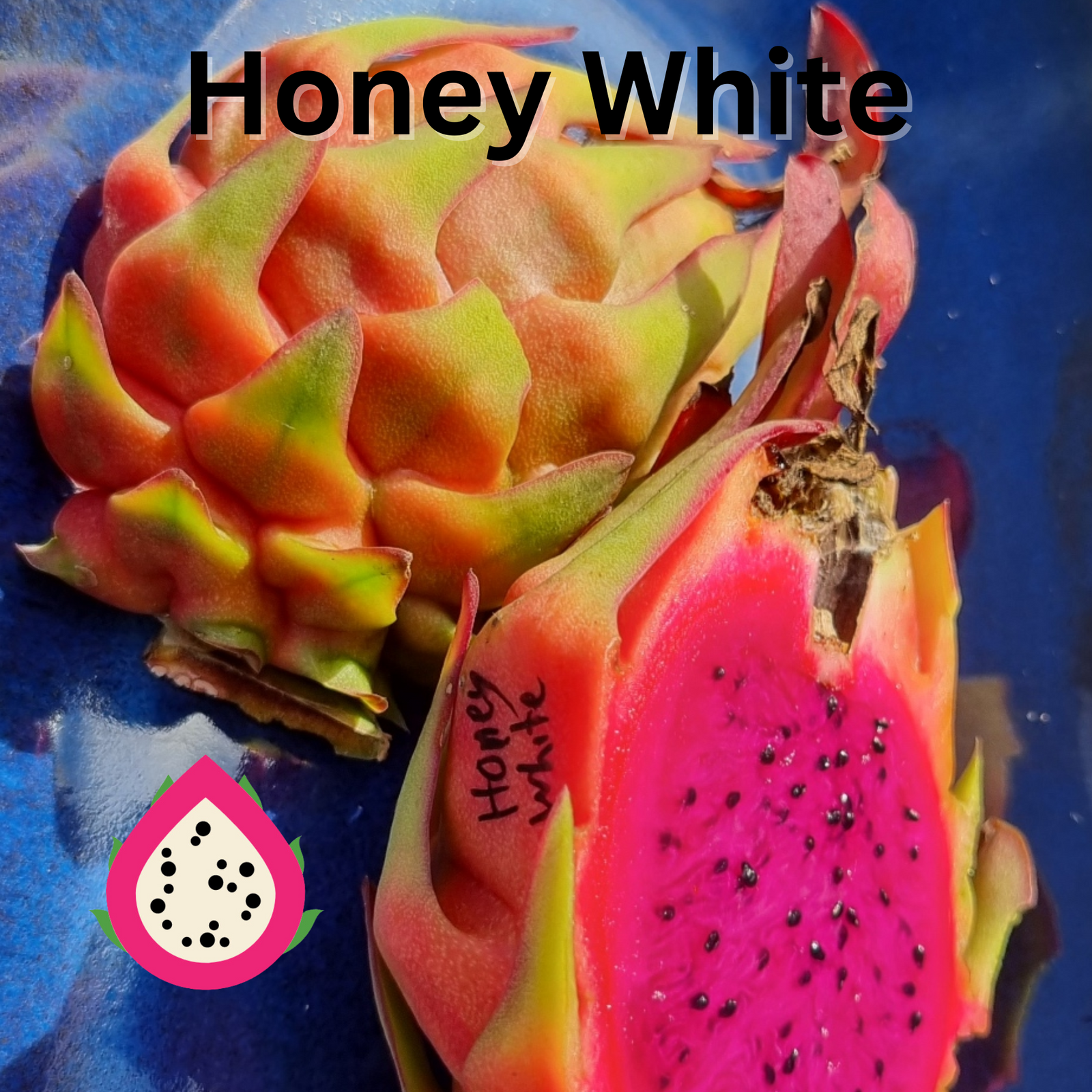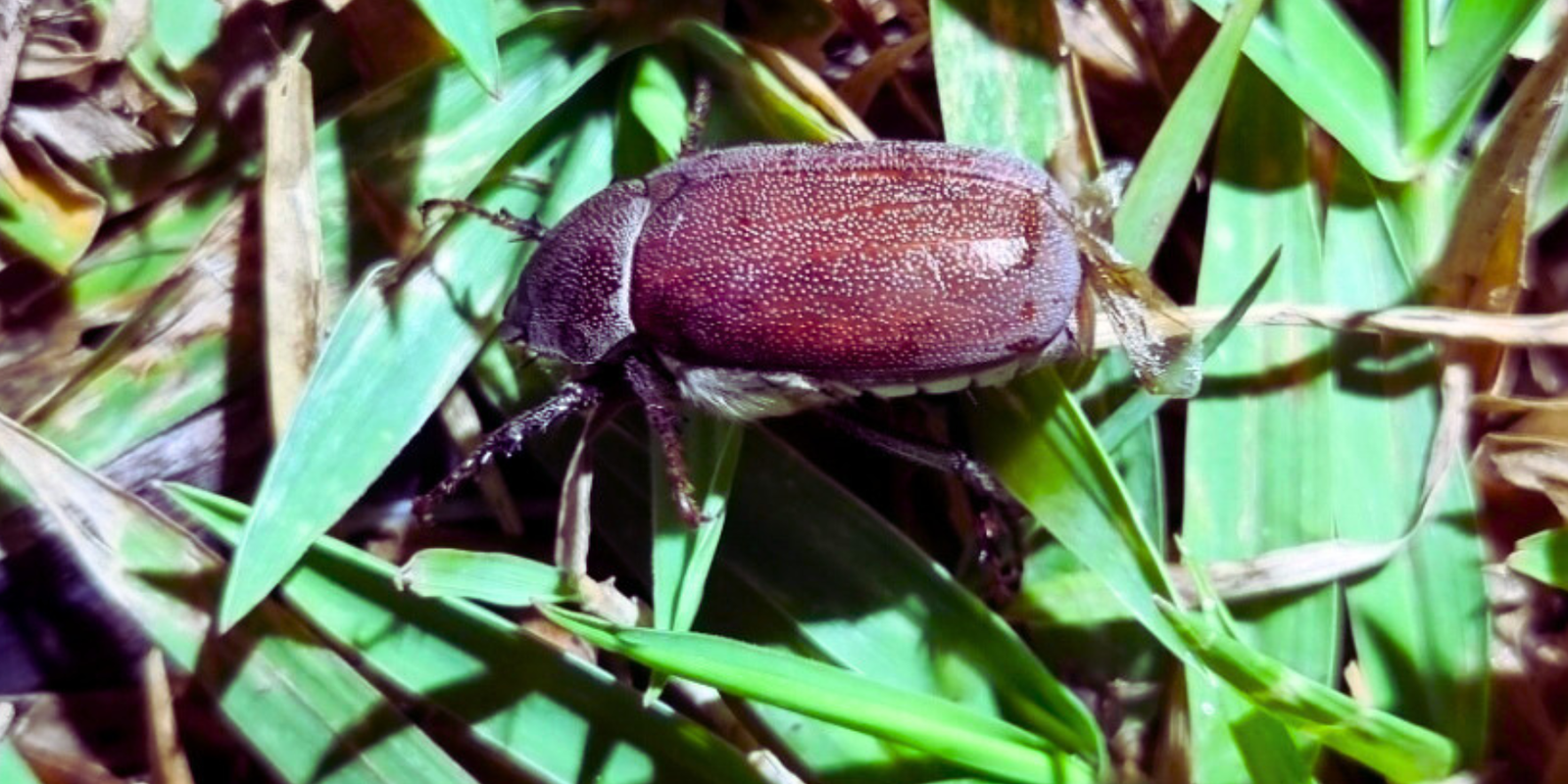The Sugar Cane Grub (Lepidiota)
At Rare Dragon Fruit, we’re always keeping an eye on what’s happening around the farm — and this week, something caught our attention that all growers should know about!
On the night of October 28th, just before a small storm rolled through, we noticed a huge number of large beetles buzzing around the farm lights. At first glance, they might look like your average harmless beetle, but these were Lepidiota — more commonly known as the Sugar Cane Beetle — and they can spell trouble for your plants.

🌱 What Is Lepidiota (Sugar Cane Grub)?
Lepidiota is a type of scarab beetle. While the adult beetles feed on foliage, it’s their larvae — the “grubs” — that cause the real damage. These plump, creamy-white grubs live underground and feed on plant roots, particularly in rich, moist soils.
Their feeding weakens or kills plants by severing the root system, often making it look like the plant is failing for “no reason.”
Common host plants include:
-
Sugar cane (hence the name)
-
Grasses and pasture species
-
Fruit trees
-
And yes — even dragon fruit if the roots are nearby!

⚠️ How to Identify an Infestation
If you notice plants suddenly wilting or dying back — especially after seeing lots of beetles flying at night — it’s worth checking below the soil surface.
Signs include:
-
Plants that collapse or yellow suddenly despite adequate watering
-
Roots chewed or missing, often with grubs present
-
Beetles buzzing around lights at dusk or after storms
To check, gently dig around the base of an affected plant and look for white C-shaped grubs with brown heads — that’s your culprit.
🌿 Natural Control & Prevention
At Rare Dragon Fruit, we always prefer to use organic and sustainable pest management methods. Here are a few ideas if you find these grubs in your garden or farm beds:
-
Encourage natural predators 🐦
Birds, frogs, and beneficial insects like predatory beetles and nematodes love feeding on grubs. Avoid chemical sprays that harm these helpers. -
Soil health first 🌱
Healthy, biologically active soils naturally support predator species and help reduce pest numbers over time. Compost teas, worm castings, and biofertilizers help maintain balance. -
Light management 💡
Adult beetles are attracted to bright lights — reducing night lighting during peak beetle flight times can help reduce egg laying in your garden. -
Manual removal 👩🌾
If you find grubs near the roots of young plants, remove them by hand and feed them to your chickens — they’ll thank you for the protein!
🌸 Our Recent Observation
We spotted an unusually large flight of beetles right before a small storm on the 28th of October. This timing often coincides with the adult emergence phase, so growers may start to see grub damage in the coming weeks as eggs hatch and larvae settle in.
Keep an eye on your plants — especially younger ones — as their root systems are most vulnerable.
💚 Staying Ahead
This is a good reminder of how quickly conditions can change and why staying observant is one of the most powerful tools a grower has. The soil is full of life — most of it beneficial, but sometimes a few hungry guests show up too!
We’ll continue monitoring the situation at our farm and sharing updates if we notice any further activity.
If you’ve noticed sugar cane beetles or grubs around your property, we’d love to hear from you — sharing knowledge helps all growers stay one step ahead.
🌿
— Yana Schiffermuller, Rare Dragon Fruit, Agnes Water







